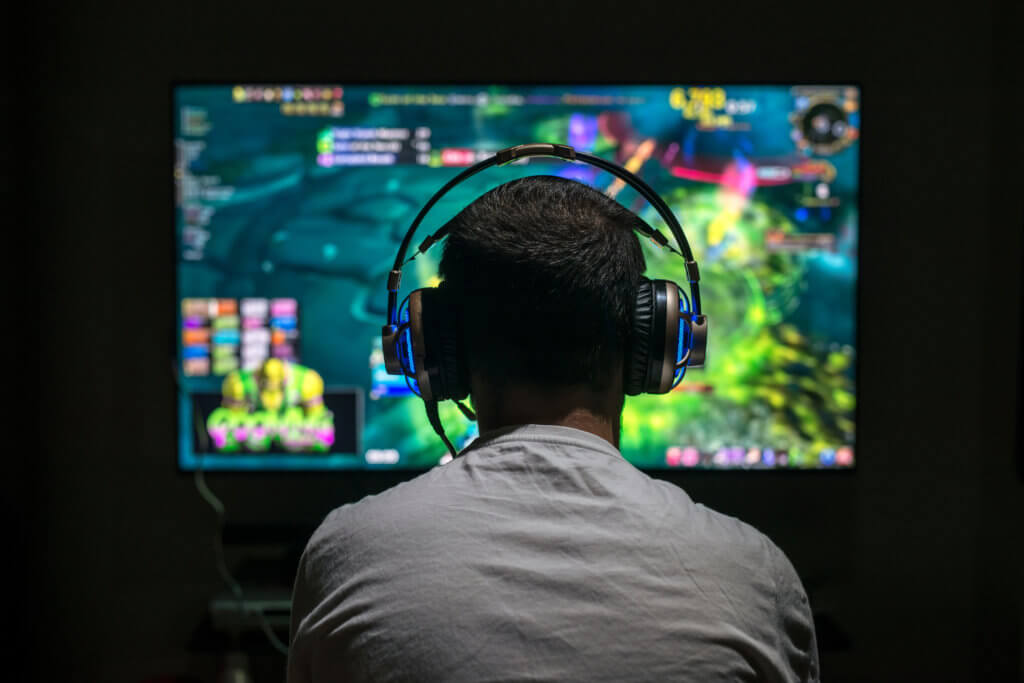As digital media becomes an increasingly integral part of our daily lives, a new study has found that transgender and gender-questioning adolescents spend significantly more time engaging with screens compared to their cisgender peers. The findings, published in the journal Annals of Epidemiology, shed light on the unique ways in which gender minority youth interact with technology and the potential implications for their well-being.
For those unfamiliar, cisgender refers to individuals whose gender identity aligns with the sex they were assigned at birth, while transgender describes those whose gender identity differs from their assigned sex at birth. Gender-questioning adolescents are those who are unsure about or exploring their gender identity.
The study, led by researchers from the University of California-San Francisco (UCSF), analyzed data from nearly 10,000 adolescents aged 12-13 years old who participated in the Adolescent Brain Cognitive Development (ABCD) Study. This large, diverse sample included adolescents from across the United States.
Researchers found that transgender adolescents reported over four more hours of daily screen time compared to their cisgender counterparts. This extra screen time was spread across various activities, including watching TV shows and movies, playing video games, texting, using social media, and browsing the internet. The only exception was video chatting, where transgender teens spent slightly less time than cisgender teens.
“Transgender adolescents are more likely to experience school-based bullying and exclusion from peer groups due to their gender identity, leading them to spend less time in traditional school activities and more time on screens,” says lead study author Dr. Jason Nagata, associate professor of pediatrics at UCSF. “Using social media and the internet for virtual communication could be helpful for transgender preteens to find and receive support from other transgender people who may not be available in their local communities.”
Gender-questioning adolescents also reported higher screen use, with about 3.4 more hours per day compared to cisgender youth. They spent more time watching TV and movies and playing single-player video games.
But it’s not just the amount of time spent on screens that differed — the study also looked at problematic screen use. This refers to the inability to control screen use despite negative consequences, such as preoccupation, tolerance, relapse, withdrawal, and conflict. UCSF researchers found that both transgender and gender-questioning adolescents had higher rates of problematic video game, social media, and mobile phone use compared to cisgender teens.
“Transgender youth in particular face marginalization and discrimination based on their gender identity at relatively high rates,” says study co-author Dr. Kyle T. Ganson, PhD, assistant professor at the University of Toronto’s Factor-Inwentash Faculty of Social Work. “Adolescent development is a challenging time for many given the social pressures and physical, psychological, and emotional changes that occur.”
What might be driving these differences in screen use? Previous research offers some clues. For gender minority youth, digital spaces can serve as a refuge from isolating or unsafe environments and provide opportunities to explore their identity, find community, and access health information. Social media, in particular, has been shown to offer valuable support networks for LGBTQ+ adolescents.
However, excessive screen use can also have negative impacts on mental and physical health, such as increased risk of depression, poor sleep, and cardiometabolic issues. Researchers note that the duality of digital media for gender minority youth — providing both support and potential harms — underscores the need for nuanced interventions.
They suggest that school media literacy programs could play a key role in empowering gender minority adolescents to navigate their digital lives in healthy ways. By building skills to critically engage with media, these programs have been linked to lower rates of depression among gender minority youth.
The study does have some limitations, such as relying on self-reported data and not capturing the full spectrum of gender identities. However, it offers valuable insights into the digital lives of a historically understudied population at a critical developmental stage.
“Although digital media can have important benefits such as support and socialization for transgender adolescents, parents should try to mitigate risks from excessive screen use such as physical inactivity, poor sleep, and problematic use,” concludes Dr. Nagata. “Parents should regularly talk to their children about screen usage and develop a family media use plan.”












